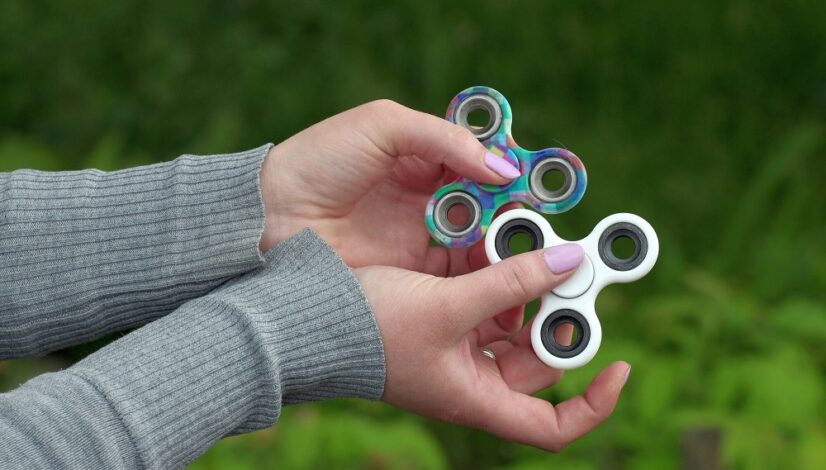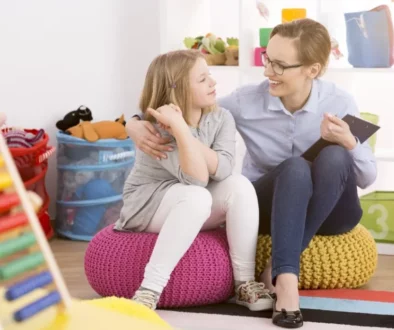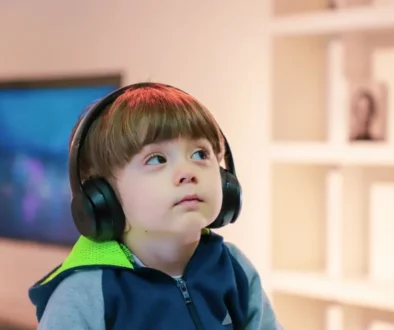7 Benefits of Sensory Fidget Toys for Children with Autism
Metal Baoding balls were produced during the Ming Dynasty, thousands of years ago, as part of Traditional Chinese Medicine. These balls were first made out of walnuts and are the forerunners of present-day stress balls and the current sensory fidget toys.
A sensory toy is designed to engage one or more of the senses. Sensory fidget toys are often used as a tool to manage:
- Restless or fidgety behaviors
- Improve concentration
- Reduce anxiety or stress
These toys are particularly popular among individuals who benefit from sensory input or have difficulty maintaining attention in certain situations.
Sensory fidget toys come in a wide variety of shapes, sizes, and textures, catering to different sensory preferences. Sensory toys offer a range of benefits for individuals with autism.
So keep reading to find out more about seven benefits of using sensory fidget toys.
1. Sensory Stimulation, Regulation, and Integration
Sensory toys provide targeted sensory input, addressing different sensory needs such as:
- Tactile
- Auditory
- Visual
Auditory, tactile, and visual stimulation are the most common types of fidget toys. However, some sensory toys might even incorporate scents or aromas to stimulate the sense of smell.
They can help individuals explore and process sensory information in a contained and fun way.
Many individuals with autism experience sensory sensitivities or challenges in regulating their sensory experiences. Sensory toys can help regulate sensory input either by:
- Providing calming input for those who are sensitive
- Offering stimulating input for those who seek it
Individuals can learn to self-regulate their sensory experiences through sensory play with toys. They can develop strategies for managing sensory sensitivities and adapting to different environments.
Sensory toys can contribute to sensory integration. This is the brain’s ability to organize and interpret sensory information from the surroundings. Engaging with sensory toys can support the development of sensory processing skills.
Tangle toys consist of interlocking curved sections that can be twisted and turned into different shapes. They provide both tactile and kinesthetic stimulation. Toys that have different textures, surfaces, and shapes that individuals can touch, manipulate, and explore with their hands and fingers.
Soft, squeezable toys that can be squished and manipulated in the hands are also a good option. They provide tactile input and can be soothing to use.
2. Focus and Attention
Fidget and sensory toys can provide a constructive outlet for fidgeting tendencies, which in turn can help improve focus and attention. Manipulating these toys can help individuals concentrate better on tasks or activities.
Many sensory toys require manipulation and fine motor movements. Engaging with these toys can help improve fine motor skills, hand-eye coordination, and dexterity.
Fidget Cubes are a good example of this. These are small cubes with different features on each side, such as buttons, switches, sliders, and more. Each feature provides a different type of sensory input.
Stretchy Bands are also a good option, as they aren’t distracting in a classroom setting. These elastic bands that can be stretched, twisted, or manipulated by hand or foot. They can be placed around chairs or desks for easy but discreet fidgeting.
3. Calming Effect
Sensory toys can have a calming and soothing effect on individuals with autism, particularly when they feel overwhelmed or anxious. Engaging with sensory toys can provide a sense of comfort and security.
Toys that provide resistance or pressure can have a grounding and calming effect by engaging the sense of body awareness.
Some individuals benefit from oral sensory input. Chewable fidgets, often made of safe silicone, provide a way to satisfy this need. These fidget toys are commonly used in various settings, such as classrooms, offices, and homes, to provide a productive outlet for fidgeting behaviors.
Worry stones are also a good option if you’re looking for a calming fidget toy. They consist of smooth, polished stones that individuals can rub with their fingers, providing a calming tactile sensation. These stones are effective in reducing negative comforting habits such as biting nails or lips, hair pulling, or picking at scabs or other imperfections on the skin.
4. Imagination and Creativity
Certain sensory toys, such as playdough, sand, or textured objects, encourage open-ended play and imaginative exploration. This type of play can foster creativity and self-expression.
Puzzles that can be manipulated and reconfigured in various ways are also a good type of fidget toy for this purpose. They provide cognitive engagement and tactile stimulation at the same time.
These toys are designed to engage the senses and can play a significant role in enhancing sensory processing, promoting relaxation, and supporting overall well-being.
5. Social Interaction
Sensory toys can serve as a bridge for social interactions. Playing with sensory toys in a group setting can encourage:
- Shared play experiences
- Communication
- Social bonding
Toys that involve movement or balance contribute to the sense of body positioning and movement in space. This can have a calming effect in social situations.
6. Predictability and Routine
For individuals who thrive on routine and predictability, sensory toys can provide a consistent and controllable sensory experience. This can be especially valuable during times of change or transition.
Pop-Its are a common fidget toy used for this purpose. These are silicone toys with bubbles that can be pushed in and popped out. They provide a satisfying tactile and auditory experience.
7. Reduction of Challenging Behaviors
Some individuals with autism engage in repetitive or self-stimulatory behaviors as a way to cope with sensory sensitivities. Sensory toys can offer an alternative, more constructive outlets for these behaviors.
Using sensory toys can empower individuals to take charge of their sensory experiences. They can choose which toys to engage with and how to promote a sense of autonomy.
Fidget spinners are a good option as they provide vestibular stimulation. These are small, spinning devices that can be held between two fingers and spun. They often have ball bearings that allow them to rotate smoothly.
Consider Sensory Fidget Toys
Sensory fidget toys can be extremely beneficial to people with autism. The tactile and sensory input from these toys have a calming effect and can give needed predictability and routine in challenging situations.
If you need more information on an autism diagnosis or you want to schedule your child’s assessment visit, contact us today. Developmental Pediatrics has been offering assessment and testing services in Texas since 2000.



